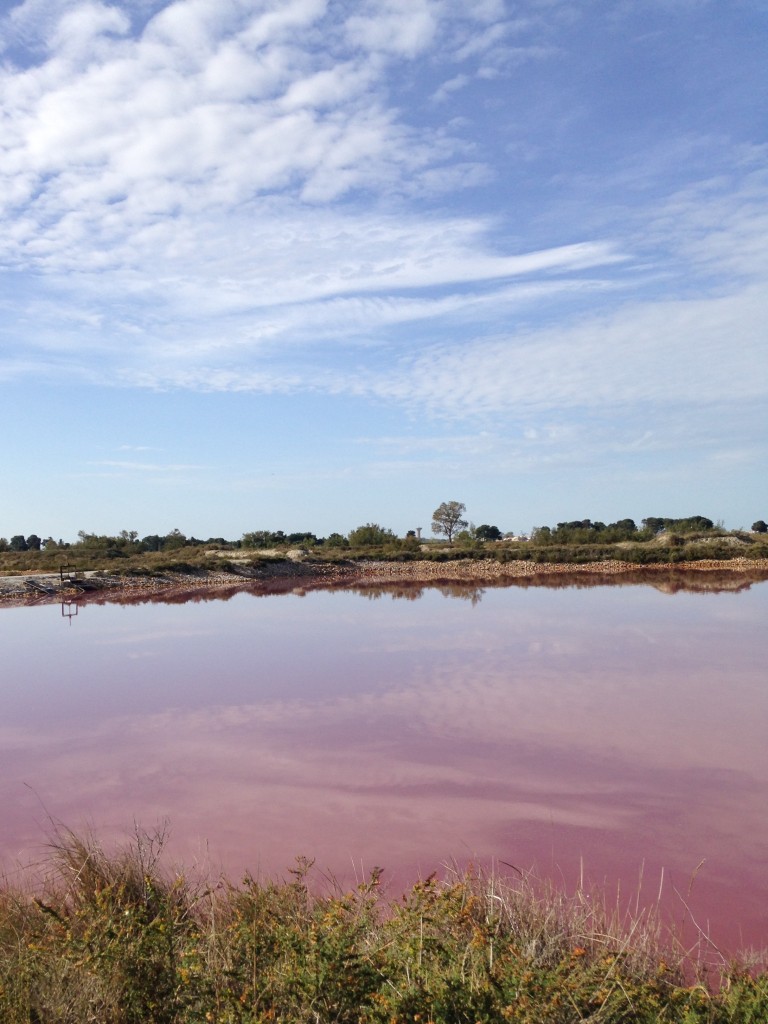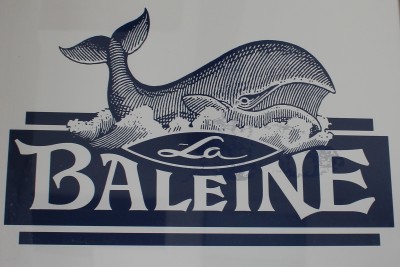We were up before the sun. We had a big day planned.
The sunrise drive through the mountains to the coast was spectacular and relatively uneventful, except for the time we drove around a round-about 5 times before deciding on the (wrong) exit.
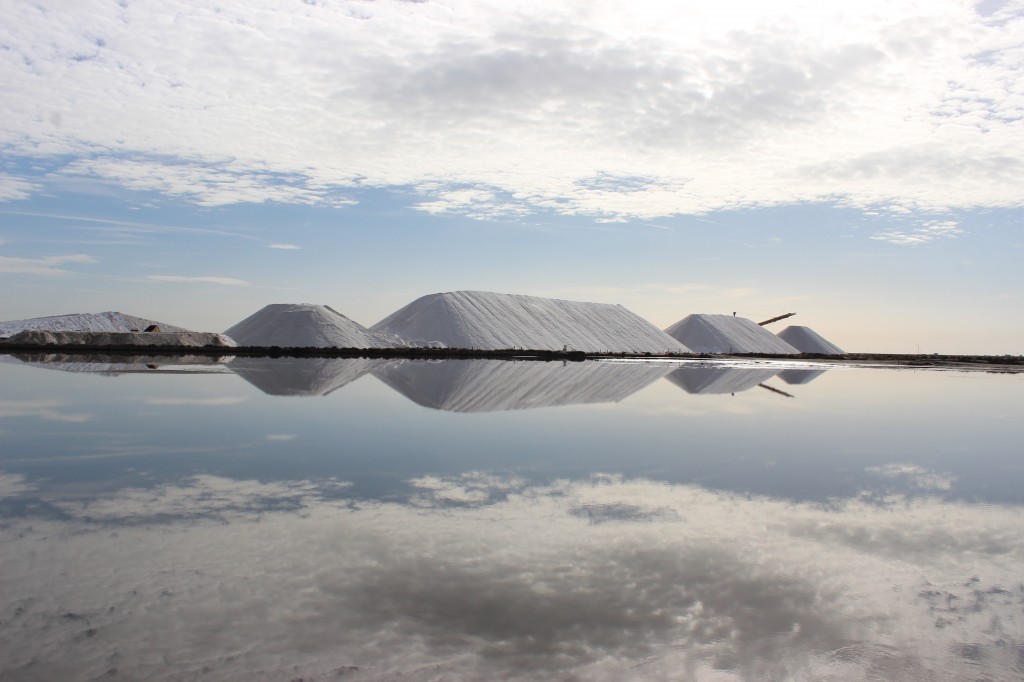
We were off to the Comargue to learn about salt.
The Aigues-Mortes salt marsh covers a surface area comparible to the entire city of Paris. Over half of that is dedicated to salt production. The marsh is essentially a protected wetland, and so is home to over 250 plant varieties and over 200 species of birds. In the summer months, close to 8000 pink flamingoes call this piece of paradise home.
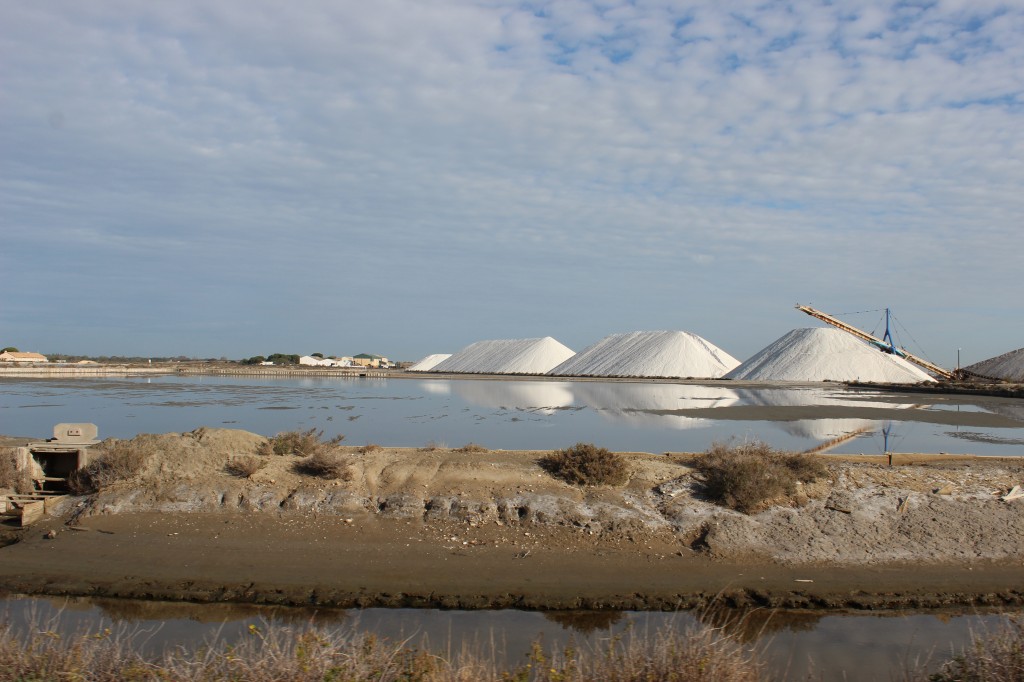
There’s so much backlash these days about salt. Ever-evolving guidelines about how much is safe to ingest daily…..warnings about over consumption. And I get it – many products that line supermarket shelves are loaded with salt….but here’s the thing when it comes to cooking…..I agree with what my favourite philisophers Anomymous once said:
“Salt is what makes things taste bad when it isn’t in them.”
Without salt none of us would be here. Literally. We’d all be dead. Salt is essentially responsible for keeping people alive – think about salt cod, and pickling – keeping things in brine…a practice for preserving that has been around for thousands of years. Back in the day salt was so valuable, it was referred to a white gold, and often workers were paid in salt – salary.
I love salt. Nothing like crunchy Maldon on a piece of rare beef. Wet Icelandic salt on a wedge of avocado with a glug of olive oil. Sicilian salt from Ravida on a perfectly ripe tomato. And a pinch of fleur de sel from the Comargue on a smear of foie gras over fresh baguette.
Salt, in the right amount, just brings so many flavours to life.
At Les Salins du Midi we boarded a little train of sorts and headed out into the delta, travelling along the tracks that encircle the ponds.
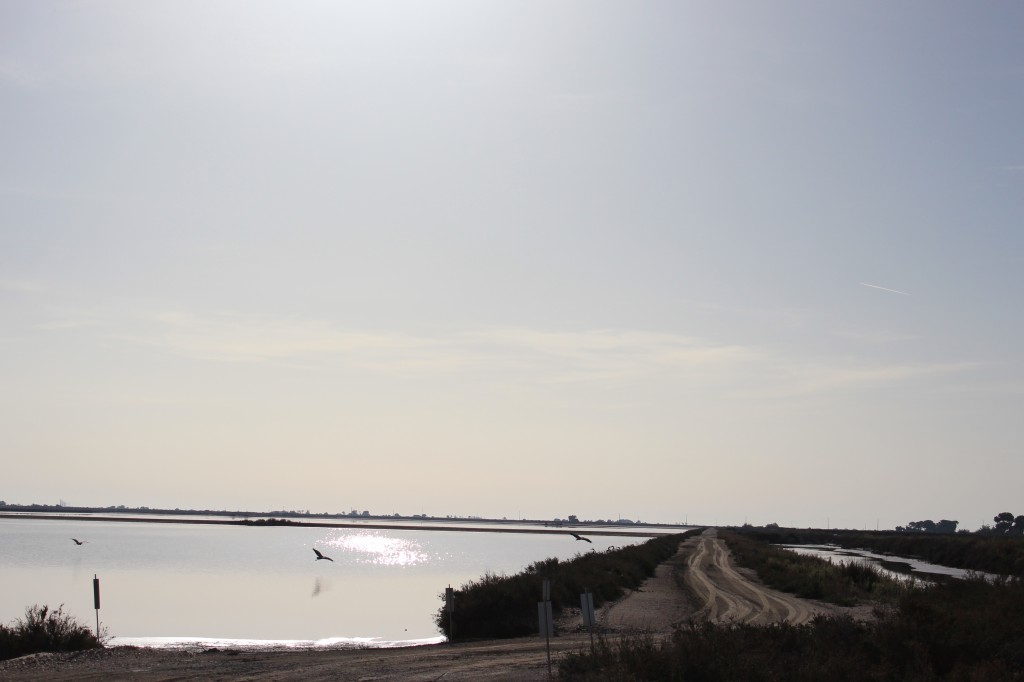
Natural evaporation starts in the salt tables, with the help of the sun and wind – especially the Mistral. Here the water becomes more and more concentrated.
You could see the lovely walled town of Agues Mortes in the background – this was France’s access to the Mediterranean, and its source of salt until Provence became part of France in 1481, when Marseille became the main port.

The salt workers move the brine to crystallizing ponds, where the sea water is so concentrated it has become brine. Here microscopic seaweed rich in beta carotene thrive. The seaweed is eaten by shrimp, until thanks to evaporation, the salt content gets too high. The shrimp die, the seaweed multiplies exponentially and the water becomes a gorgeous shade of pink…..providing in turn a feast for the flamingoes, and voila! Pink water, pink flamingoes – and salt workers who can tell by the concentration of colour, the concentration of salt. Mother nature – she is one cool chick.
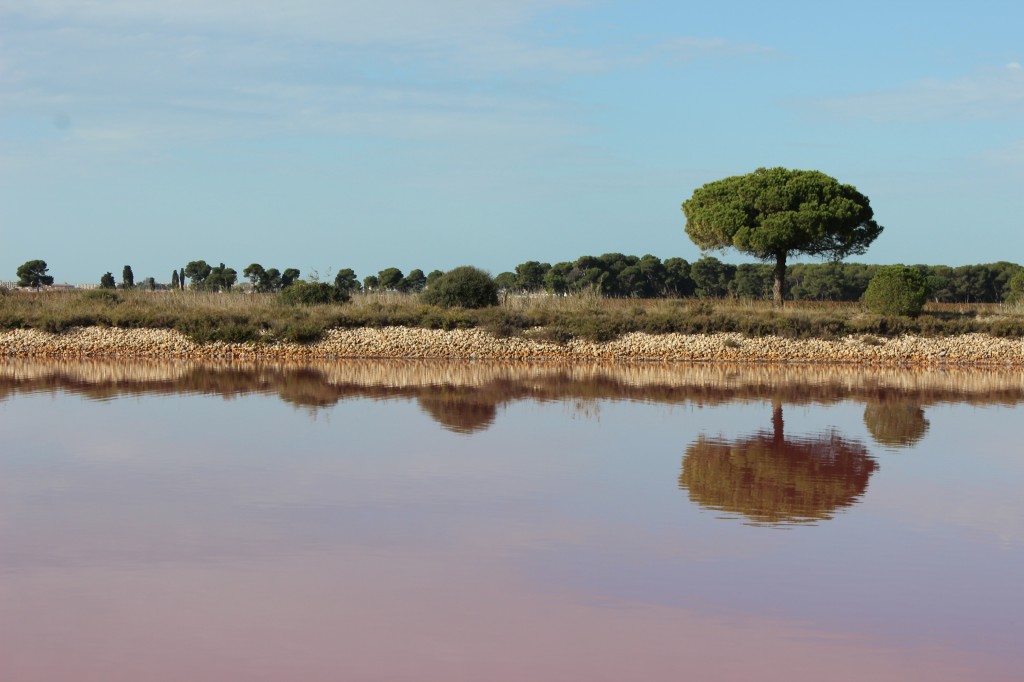
In the fall, the salt is removed with a harvester, save for the first crystallization which is carefully removed by hand. These first crystals are delicate, and used to be reserved for the salt workers…this is Fleur du Sel – top du top in the world of salt.
Salt is stored in mountains known as “camelles”. Rain melts the outer layer to form a protective crust for the salt within.
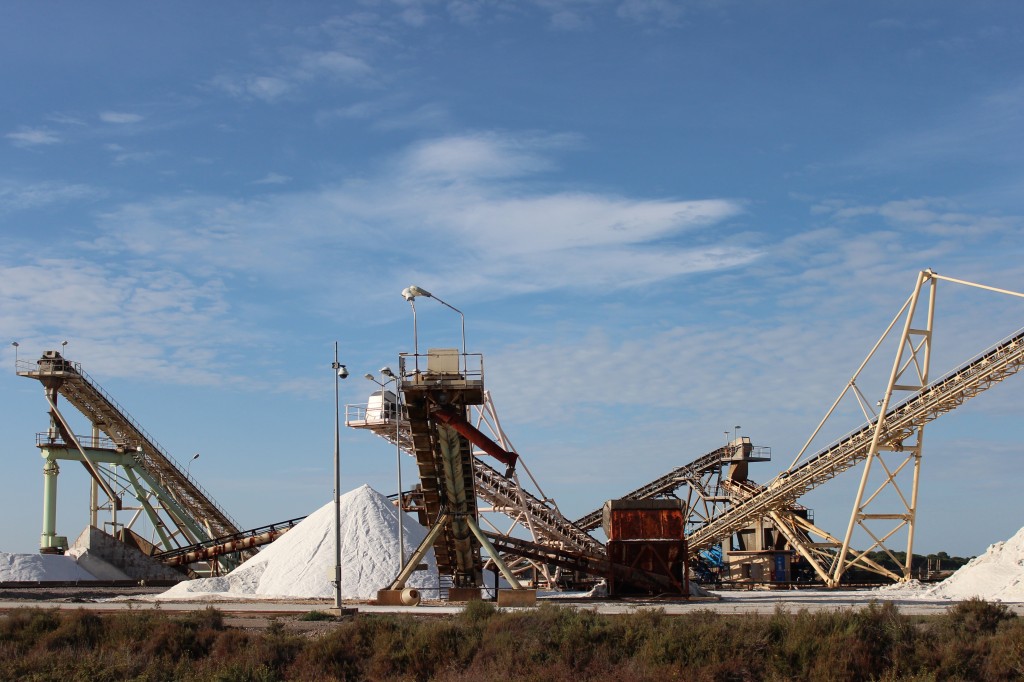
Even in France tours end at the gift shop, so we purchased enough salt to last 10 years, and got into Panda for our next destination. All this talk of salt had made us very thirsty.
Check out this site if you’re like to tour Les salons Du Midi.
